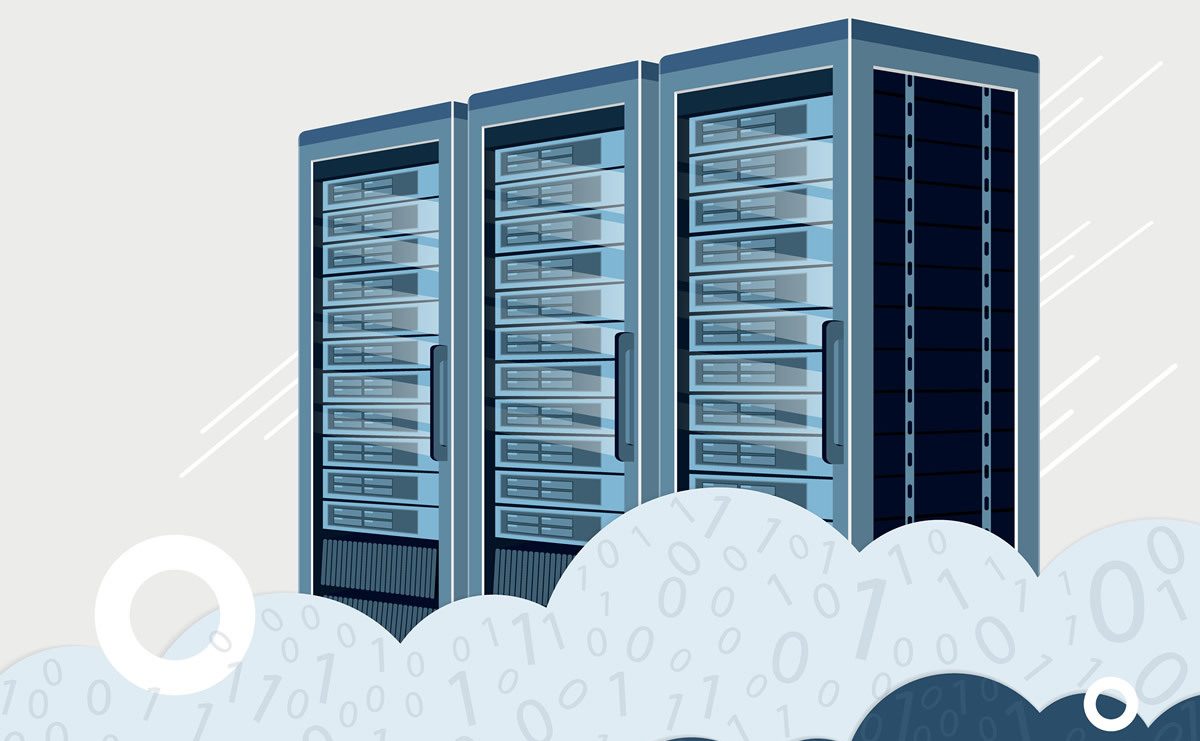
Transitioning to the Cloud
Tips for a Smooth Cloud Computing Transition
You might have heard about “the cloud,” but do you know what it is and how to use it as a business tool? Cloud computing is a great way to save your business money and scale business solutions with the growth of your company.
Unfortunately, transitioning to the cloud can be tough since so many business owners don’t know the first thing about cloud computing. Even if you don’t know much about the cloud, following these tips can help your business make a smooth cloud computing transition.
Understand Your Goals
The first step to ensuring your business makes a smooth transition to the cloud is taking the time to clearly outline your goals with cloud computing. The cloud can be used for lots of different purposes when it comes to business, so knowing what you want to achieve and how cloud computing can benefit your business is important.
Once you’ve decided on your goals, you can start mapping out a plan to achieve those goals. You need to consider what sort of functions and features you need from cloud computing, as well as what sort of infrastructure is best for achieving those goals.
Clearly outlining your goals with cloud computing allows you to focus your transition around those goals. When you design your cloud computing strategy around what you want to achieve through the cloud, your business will have a much better success rate in terms of making the transition.
Choosing a Cloud Platform
 Of course, you also need to choose the right cloud platform if you want the transition to be easy. There is no “best” cloud services provider. Instead, there are a handful of things you should look for when you’re choosing a cloud platform:
Of course, you also need to choose the right cloud platform if you want the transition to be easy. There is no “best” cloud services provider. Instead, there are a handful of things you should look for when you’re choosing a cloud platform:
- Scalability: Ideally, you want a cloud service provider who can scale services with your business as it grows. This saves you money early on and ensures your cloud services can grow with your business.
- Customizability: Good cloud services can be customized to fit your needs, no matter what kind of business you run or how experienced you are.
- Accessibility: The best cloud services are accessible with no more than an internet connection, meaning team members across the globe can easily access the cloud.
- Cost-Effectiveness: Cloud computing can already save you money, but looking for cost-effective services is a great way to increase cost savings.
- Management and Support: Having expert-managed cloud services means less downtime and more help learning to use and troubleshoot the products that are essential to your business.
Choosing a cloud platform based on these factors will ensure you get quality cloud services that are backed up by professionals. This means less downtime and a smoother transition for your business, which in turn means more cost savings.
The Six R’s
When talking about transitioning to cloud computing, the six R’s are often brought up in conversation. The six R’s—rehost, re-platform, refactor, repurchase, retain and remove—are potential cloud migration strategies. Each strategy offers different pros and cons, so it’s important to look at all the options to figure out what’s best for your company.
Rehosting, also known as lift-and-shift, is when you move your existing physical or virtual servers to an infrastructure as a service (IaaS) platform. This is a small step that’s fairly simple, but it can still save your business a lot of money.
Replatforming involves taking your existing solutions and upgrading them to another platform. This is a great way to maintain functionality while upgrading to better cloud services.
Repurchasing is when a company switches to another product, often ending existing licensing. An example of this is switching from a self-run email system to an online email service.
Refactoring is generally the most expensive and involved transition method, but it’s a great way to add features or scale that would otherwise be difficult to achieve.
Retiring is the process of deciding which parts of your IT portfolio are no longer needed and turning them off accordingly. Turning these parts off can save your business money.
If you still need a particular IT service or server, you might want to consider retaining it. This is a good strategy for hybrid cloud deployment.
Prepare for Security Challenges
When you’re transitioning to the cloud, it’s not uncommon to deal with new security challenges. Make sure you know what you’re up against and have a plan of action for detecting, securing, and preventing breaches. Fortunately, a good cloud service provider can help you create a more secure cloud computing environment.
Get Help from the Experts
At the end of the day, there’s a reason you run a business instead of offering cloud services to businesses. You may not be an expert on the cloud, but you can always hire somebody who is. If you’re not sure how to handle the transition to the cloud, how to prepare for security challenges, or even which cloud services you need, consulting with an expert is a smart way to make the transition easier.
Cloud services aren’t just diverse and effective, they also scale with your business and make it easier to operate in the modern world. However, making the transition from physical servers and traditional services to cloud computing can be tough. If you want your business to make a smooth cloud computing transition, Network Coverage can help.

